- Learning time
- 30 minutes
- First play time
- 100 minutes
Forbidden Sky
Designed by: Matt Leacock
Forbidden Sky treads a similar path to its’ predecessors Forbidden Island and Forbidden Desert. Where once you had to collect treasure before the island sank, or the desert storm consumed you, now you find yourselves trapped in high winds on a platform high above the planet, struggling to construct the circuitry that will power the rocket… the rocket that is your only means of escape.
The players are a team here, working together, and each player has their specialist role that is assigned at the start – all of them give some rule-bending benefit or advantage that could save you at a critical juncture. Then again…
As with desert and island, the game is engineered to work against you, with gusts of high wind and lightning strikes being the constant threat – though you can also run out of time. The game develops through laying tiles that form the platform: on your turn, you can take a tile and add it to the shared grid of tiles (at least one edge must connect via the wires on them) and then take actions – more on them shortly – after which cards are flipped to reveal whether the wind blows or lightening strikes, each of which having the potential to bring death one step closer for one or more players depending on their positioning on the platform. If you’re near the edge of a tile and the wind would blow you off it, staying on uses up some of your rope. If you’re near a conductor when the lightning strikes, you lose some of your health. If these things happen when you are without the necessary rope or health – game over! The wind can change, and the storm can – and will – worsen as time passes…
But as well as the turn by turn goal of survival, you’re also trying to build the circuitry to power the rocket – which again comes back to the tiles. Your goal is to construct certain shapes out of them that bases will sit on – how many bases you need depends on the difficulty you select for your game. Placing and connecting these disparate parts, as well as moving around and exploring the platform, all cost you actions, and you take four actions on your turn. As well as the bases you also need to build the launch pad itself, and make sure the connecting wires can reach! Assuming you complete the circuit without losing any players to wind or lightning and don’t run out of cards, the idea is that everyone makes it to the launch pad before the final connector is laid – at which point the game’s gizmo – and actual circuit – fires the rocket into life, as it makes a few lift-off noises and flashes it’s lights at you.
The guru's verdict
-
Take That!
Take That!
None from each other - like all the 'Forbidden' games by Matt Leacock, players are working co-operatively and win or lose together.
-
Fidget Factor!
Fidget Factor!
Low - players can discuss together the best moves.
-
Brain Burn!
Brain Burn!
Low to moderate. The placing of the tiles is part-puzzle, but the real challenge is constructing the circuit.
-
Again Again!
Again Again!
You don't know what tiles are coming out, or which way the wind will go - literally! - and there are various roles the players can take on.

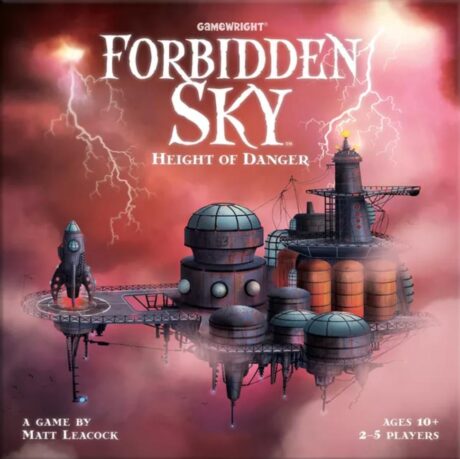
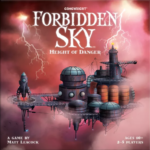


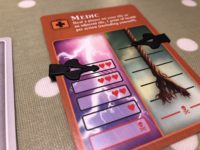

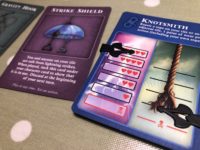


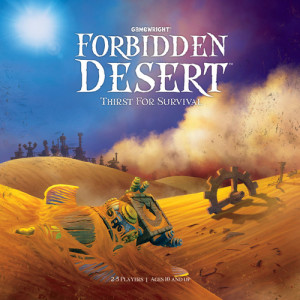

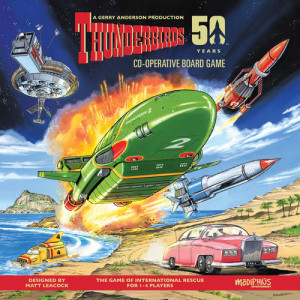
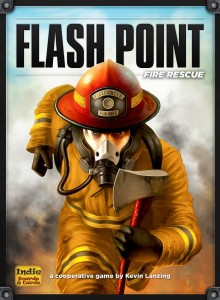

Sam says
I'm a big fan of Forbidden Island as a family game that frames a puzzle as story, both elements on a level that kids can get a grip on and not so watered-down that adults will be bored by. Forbidden Desert took that idea and gave it a different spin - I didn't feel it was better, but it was still fun. Forbidden Sky is a different beast: it both looks and feels more like a puzzle than a story, and while the construction of the circuit should be a challenge - it's the game, after all - on my few plays it sometimes felt as though the tiles and the electrical components were from two different games, so often did they either not-quite-reach, or were slightly-too-long, or - most likely - made a connection, but kind of messily. Kids will get a kick out of the fact the circuit itself is real, and the rocket lights up, but the process of getting there felt clumsy to me, ramping up the tension, yes - but lacking the narrative of its sister games. A rare miss.